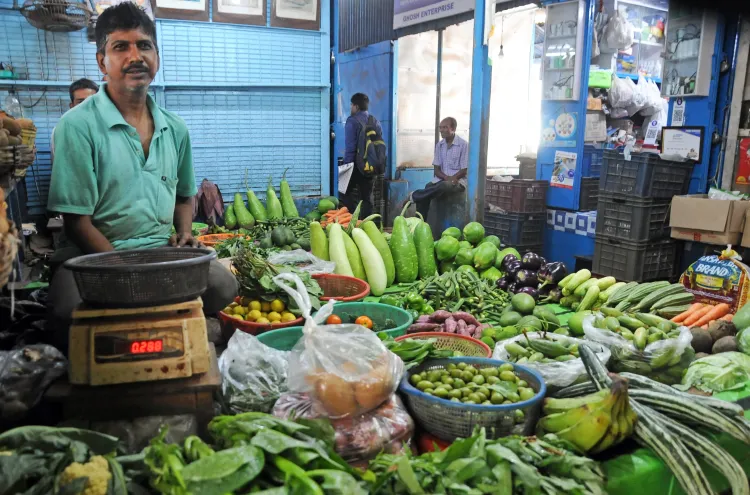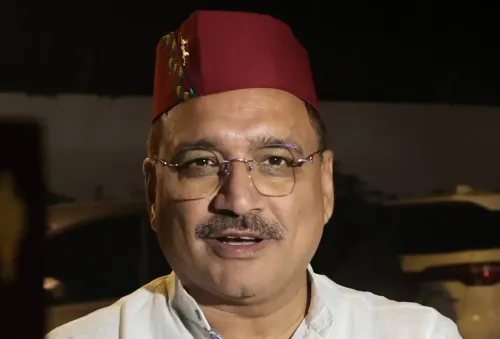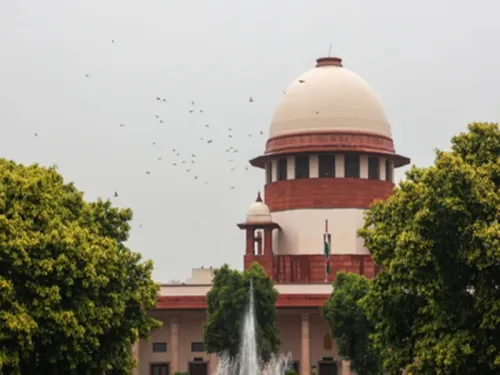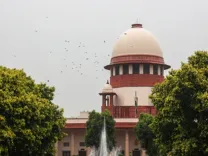Has India’s Average Inflation Decreased by 3% in the Last 11 Years Under PM Modi’s Administration?

Synopsis
Key Takeaways
- India's retail inflation averages around 5 percent over the past 11 years.
- June 2025 recorded a low of 2.1 percent inflation.
- Inflation during the UPA administration averaged 8.1 percent.
- Stable inflation enhances living standards and economic growth.
- RBI projects inflation at 3.7 percent for 2025-26.
New Delhi, July 15 (NationPress) Over the past 11 years, India’s retail inflation has averaged around 5 percent, showing a consistent decline recently that has brought it down to a six-year low of 2.1 percent in June of this year.
Statistics from the Finance Ministry indicate that the average inflation rate during Prime Minister Narendra Modi’s leadership is 5.1 percent, compared to an average of 8.1 percent during the UPA administration.
During the UPA period, from January 2012 to April 2014, retail inflation exceeded 9 percent for 22 of 28 months, based on official records.
In the UPA’s last three years (2011–2014), India faced an average retail inflation rate of 9.8 percent, even when global inflation remained stable between 4–5 percent.
In sharp contrast, the Modi government has managed to keep retail inflation typically below 5 percent, ensuring it never surpasses 8 percent.
This decline in inflation alleviates the cost of living for citizens, allowing them to allocate more funds towards other goods. This, in turn, raises living standards and stimulates demand for industrial goods, which fosters economic growth and job creation.
High inflation rates disproportionately impact the poor, making essential goods less accessible.
The most recent inflation data for June indicates a drop in food prices, with the annual food inflation rate recorded at -1.06 percent. In June 2025, food inflation saw a significant decrease of 205 basis points compared to May 2025, marking the lowest food inflation rate since January 2019.
This notable drop in inflation can be primarily attributed to reduced prices for vegetables, pulses, meat, and spices.
Moreover, the Reserve Bank of India (RBI) has revised its inflation forecast for 2025-26 down to 3.7 percent from an earlier estimate of 4 percent, as stated by Reserve Bank Governor Sanjay Malhotra.
For the financial year 2025-26, CPI inflation is now projected at 3.7 percent, with quarterly estimates of 2.9 percent in Q1, 3.4 percent in Q2, 3.9 percent in Q3, and 4.4 percent in Q4.
He noted that both the near-term and medium-term outlooks inspire confidence in the persistent alignment of headline inflation with the 4 percent target, suggesting it may even fall below the target during the year.









